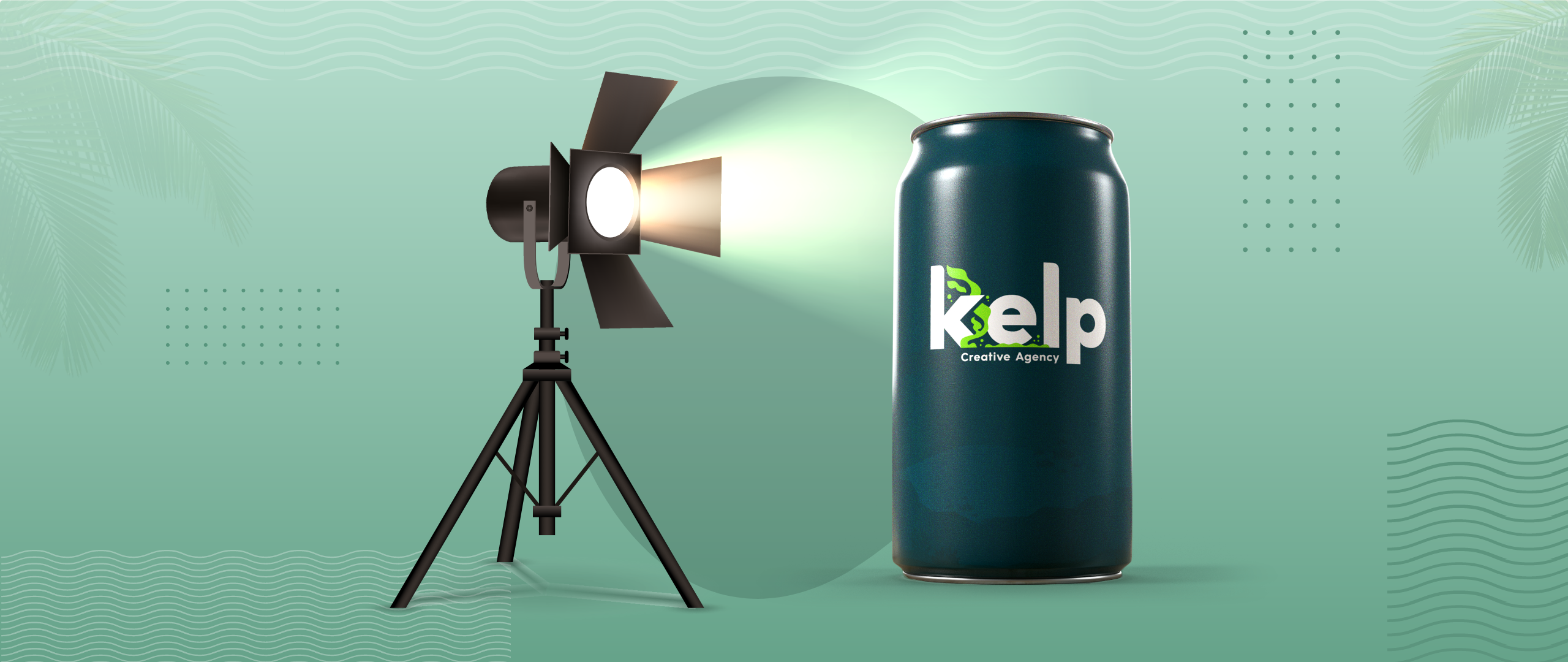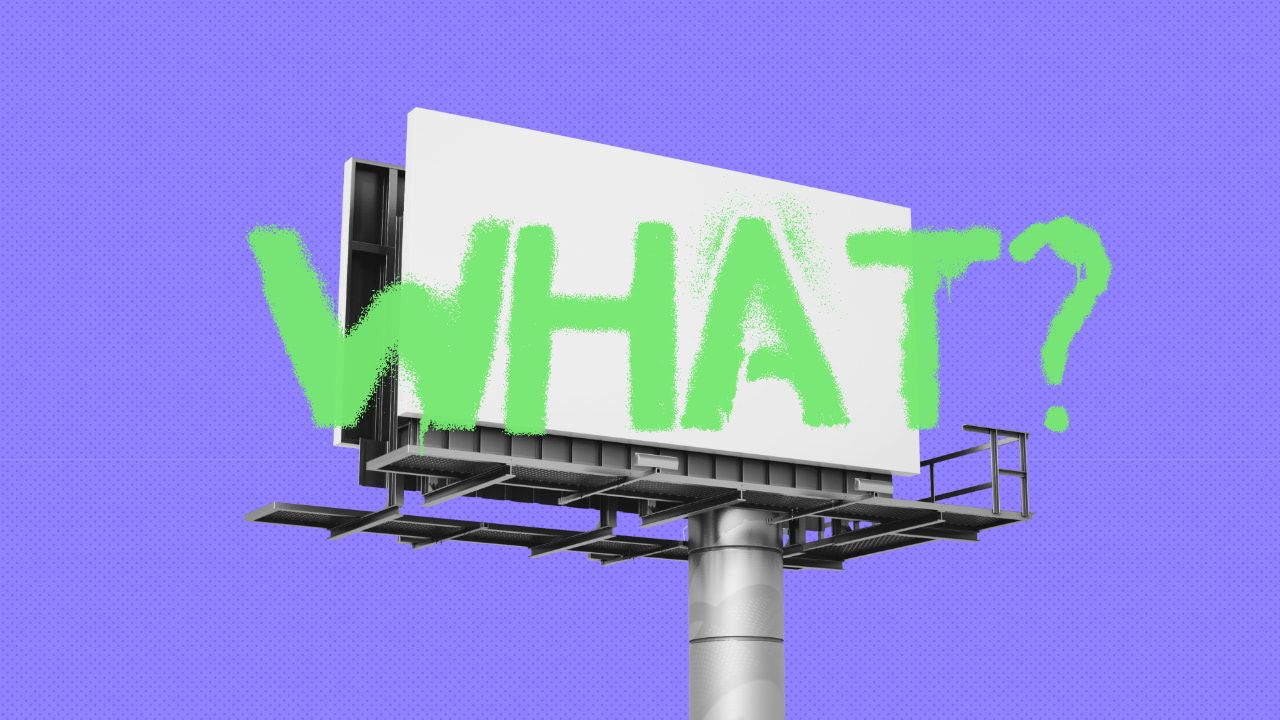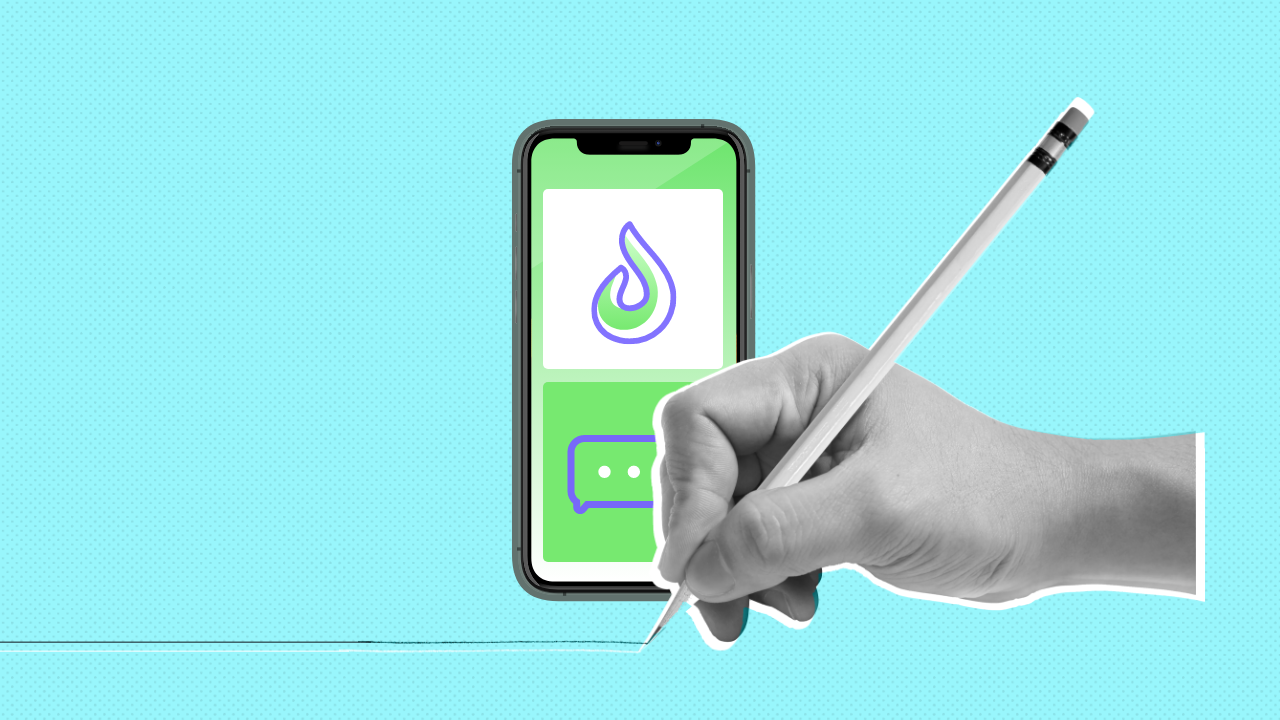Let’s talk about lighting. Lighting is often times the determining factor in what makes a picture or video look professional. Resolution, color science, and editing skills are all great to have, but if your shoot was poorly lit, there’s not much you can do to fix it. There are many different ways to light a photo or video shoot. Some lighting may be more dramatic with harsh shadows to make your subject look a little spooky. Some may look a bit brighter to give off a polished clean look. But for the basics, we will be starting at the most common lighting setup that will work for most cases and is a great starting point in lighting, called a 3-point lighting setup. This set up is extremely flexible and can be arranged based on the look and feel that is desired for your shoot.
3-Point Lighting
The 3-point lighting structure is as simple as it sounds, 3 points of light sources in the scene. Each light is a little different in the way it will be operated in the scene.
Light #1: Key Light

The key light is the most important light of all. Its main objective is to provide light to your subject in the scene. This is usually the largest light, sometimes even spilling into the background to light up some of the background elements. This light should be placed at around 45° of your subject to start. This may change slightly based on the position of your other lights.
Light #2: Fill Light

The fill light is the complimentary light for the key light. It is used to help light the other side of the subject by brightening the harsh shadows and balance the exposure. This light should be placed on the other side of the key light starting at 45° as well. This light is also subject to change. Using different brightness levels on this light will give you a unique look.
Light #3: Rim Light/Kicker

The rim light will be placed behind the subject to create a highlight rim around the edge of the subject. It will create a very distinctive separation between the background and the subject to create an interesting depth look. Soloing out this light will help see the how it is interacting with the scene.
And to finish it off, we have this example with all three lights turned on to bring you the finished 3-point lighting setup.

Additional Lights/Techniques
There are a number of different additional lighting and unique techniques that can also help get the look you desire.
Practical Light
Practical lights are any light sources that are in your scene, usually in the background. If there is a lamp in the scene, try turning it on and see how it interacts with the composition. You could also add your own practical lights in places you seem fit.
Bounce Light
Bouncing light is the process of redirecting a light source onto a reflective surface to create a larger, area light. You can bounce this light off of white bounce boards, or even walls and ceilings. With a two-light setup, you can use your key light as normal, but use a bounce to curve the light to the other side of your subject, essentially creating a fill light.




Leave a Comment